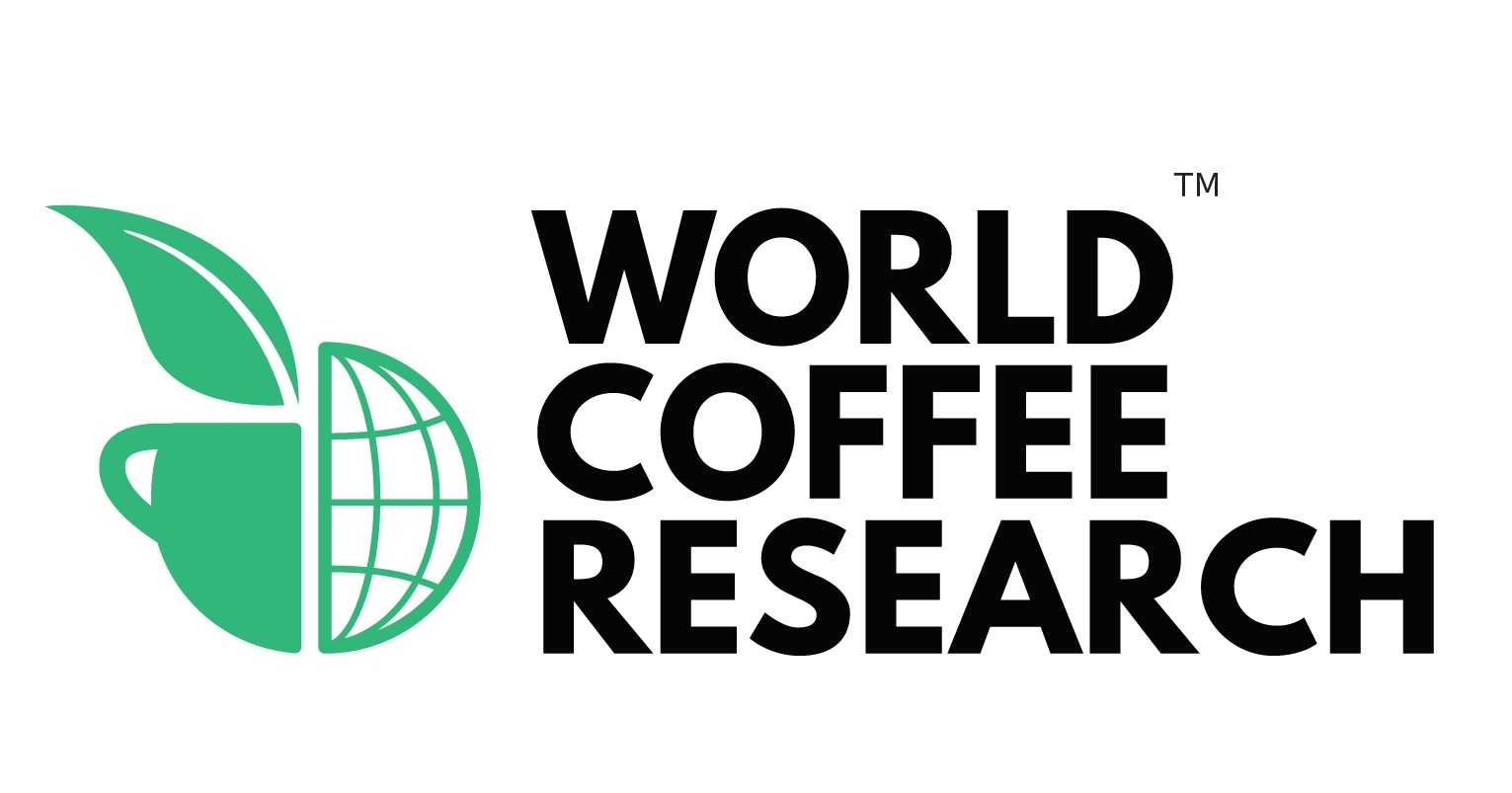PORTLAND, USA – In 2023, as World Coffee Research (WCR) fortified a core tenet of its work that has been a driving force since the organization’s conception: a brighter future for coffee depends on innovation. WCR’s team, distributed across 17 countries globally, continued their crucial work with this mantra situated at center stage—generating actionable, science-based solutions for farmers and producing nations in the face of climate change and coffee’s looming investment gap in agricultural research & development (R&D).
“Creating better coffee varieties gives farmers choices, fills consumers’ cups with joy, and creates the foundation for flourishing and sustainable coffee businesses for generations to come,” said Chief Executive Officer Dr. Jennifer “Vern” Long.
“In short, innovation allows us to define the world we want to live in and to use science as a tool to get us there. This year, with strong backing from our member companies and national research partners around the world, we’ve forged ahead in this journey, making a brighter future not only possible but probable.”
The 2023 annual report includes updates on WCR’s four major program areas—breeding, trials, nursery, and global leadership—and highlights from the progress that the organization has made over the past year alongside its global members and partners.
2023 Global Highlights
This year, WCR:
- Defined the global coffee R&D investment gap at $452 USD million/year, recognizing that increasing global investments can accelerate innovations across multiple countries to keep up with consumer demand, respond proactively to the challenges of climate change and farmers’ economic stability, and overcome further consolidation of production.
- Shipped and germinated 5,000 novel and genetically unique arabica seeds to 6 countries in the Innovea Global Coffee Breeding Network to deploy modern breeding tools and the power of global collaboration to transform variety development.
- Laid the foundation for a global robusta breeding network by conducting a comprehensive study of opportunities for the species’ genetic improvement, establishing a breeding collection for robusta at WCR’s research farm in El Salvador, and hosting a global summit of robusta coffee breeders from around the world.
- Supported the availability and accessibility of high-quality planting material in Latin America by testing 28,540 tree samples from 81 seed lots for genetic purity, assessing 59 seed lots for genetic conformity, and selecting 22 seed lots for clean-up activities in Latin America.
- Promoted enhanced production in Uganda via nursery and seed lot development initiatives, training 393 operators on best agricultural practices for nursery management, establishing 10 demonstration robusta nurseries, implementing clean-up in 7 arabica seed lots, launching 5 regionally-tailored training videos and grafting manual, and supplying nearly 50,000 coffee wilt disease-resistant (CWD-r) plants to farmers in partnership with UGACOF/Sucafina.
- Participated in 2 international coffee development projects in 6 countries, including MOCCA in Central America and PhilCAFE in the Philippines) which together target 103,700 farmer beneficiaries and invest a total of $60 million dollars.
- Catalyzed increased investment and support for coffee R&D by expanding advocacy efforts from a focus on the U.S. to include other governments, including Japan, Australia, Canada, Germany, and the EU, with 41 WCR member companies participating in advocacy efforts in 6 consuming countries.
- Launched key, open-access resources and knowledge products—including an updated coffee varieties catalog that now features both robusta and arabica varieties and a database for building rapid arabica DNA fingerprinting services using SNP markers.
- Worked collaboratively with 177 member companies from 29 countries to set a shared global agenda for coffee research.
WCR is deeply appreciative of the opportunities it has been afforded to accomplish the work outlined above and looks forward to the transformative change that 2024 will bring. To reflect on this past year’s progress and celebrate what’s to come for the future of coffee, access the annual report at this link (in English, Spanish and German – the Japanese version of the report will be available in the coming weeks).


















